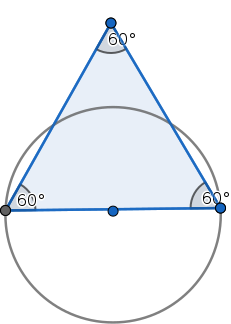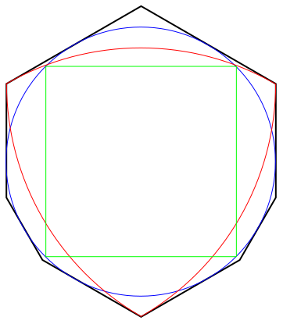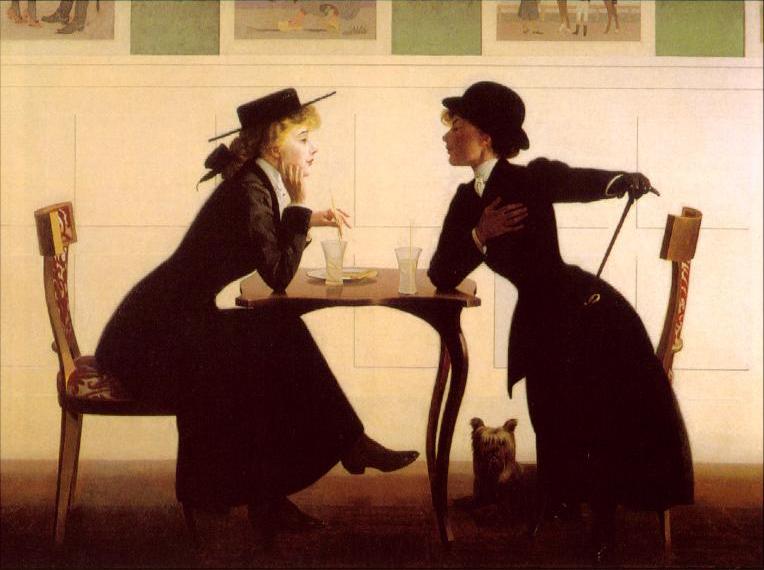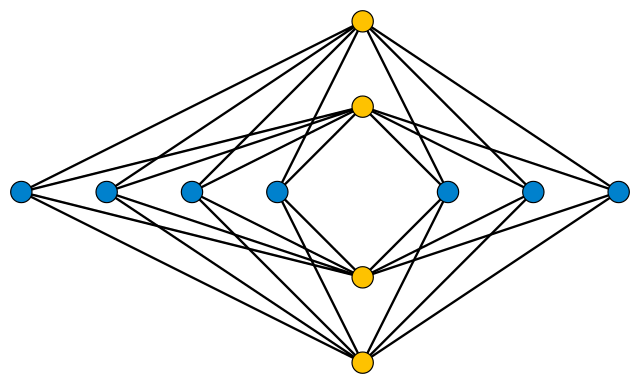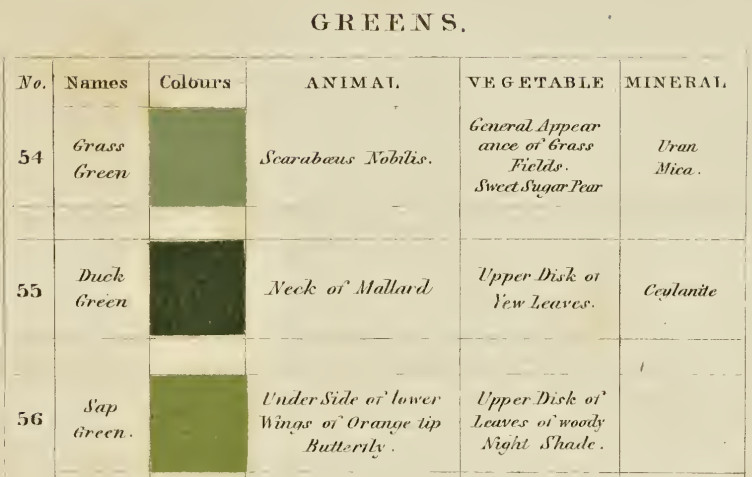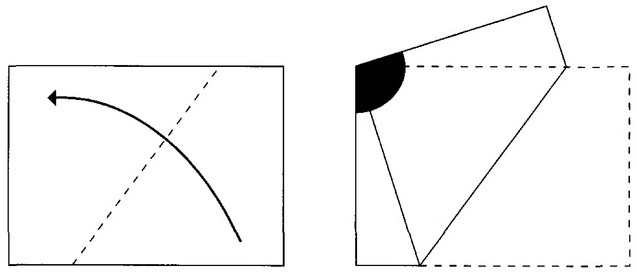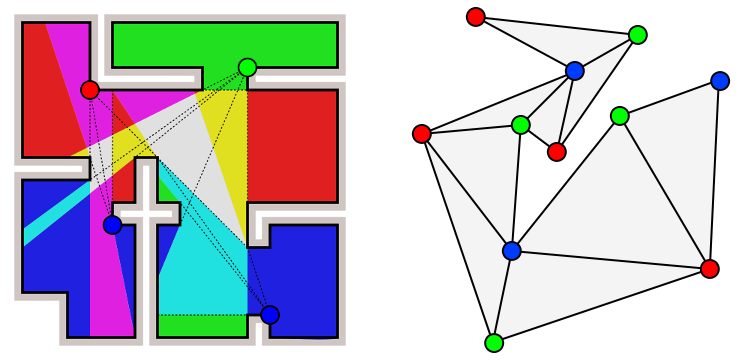
In 1995, NASA astronomer Scott Sandford became troubled by the phrase “You’re comparing apples and oranges.” “First,” he wrote, “the statement that something is like comparing apples and oranges is a kind of analogy itself. That is, denigrating an analogy by accusing it of comparing apples and oranges is, in and of itself, comparing apples and oranges. More importantly, it is not difficult to demonstrate that apples and oranges can, in fact, be compared.”
He desiccated an apple and an orange and ran samples through a spectrometer. “Not only was this comparison easy to make, but it is apparent from the figure that apples and oranges are very similar,” he concluded. “Thus, it would appear that the comparing apples and oranges defense should no longer be considered valid. This is a somewhat startling revelation. It can be anticipated to have a dramatic effect on the strategies used in arguments and discussions in the future.”
Sure enough, five years later surgeon James E. Barone confirmed this result in the British Medical Journal. He found that apples and oranges are both edible, juiceable fruits grown in orchards on flowering trees and subject to damage by disease and insects, and they have comparable color, sweetness, size, shape, and weight. “In only one category, that of ‘involvement of Johnny Appleseed,’ was a statistically significant difference between the two fruits found.”
“This article, certain to become the classic in the field, clearly demonstrates that apples and oranges are not only comparable; indeed they are quite similar,” he concluded. “The admonition ‘Let’s not compare apples with oranges’ should be replaced immediately with a more appropriate expression such as ‘Let’s not compare walnuts with elephants’ or ‘Let’s not compare tumour necrosis factor with linguini.'”

